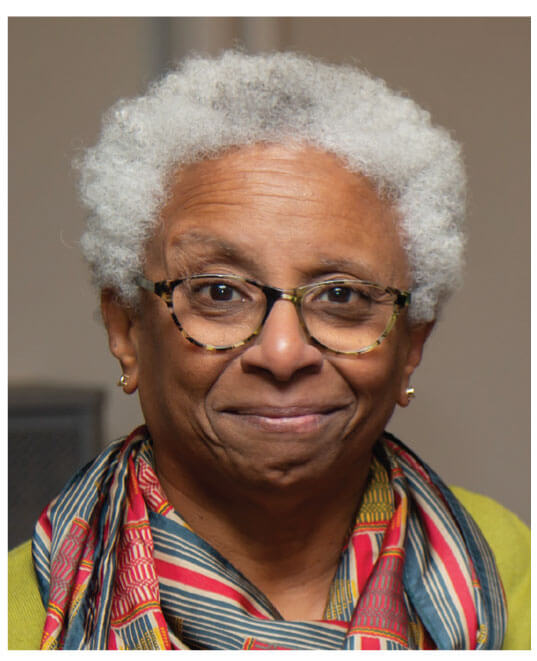by Joan Mitchell, CSJ
On this feast of Corpus Christi, the Body of Christ, I want to share with you a homily preached by Father John Forliti, who was our chaplain at St. Catherine University. His homily was in response to the Sandy Hook shootings and about his experience of solidarity in the Body of Chirst.
The Body of Christ has three meanings: first, the physical human body of Jesus; second, the sacramental Body of Christ in the Eucharist; and third, the Body of Christ that is the Church. We are the Body of Christ. May I show you a few snapshots of the Body of Christ.
It’s Christmas Eve, my first time at San Lucas, Guatemala. We arrive at the parish an hour before midnight. As we pull into the parking area alongside the 400-year-old church building, we greet two ladies of the parish who have been cooking small portions of pork, each piece wrapped in leaves. The traditional Christmas Eve procession is making its way through the village knocking on doors to see if there is room for Joseph and Mary, who is about to give birth.
When the procession finally arrives at church, Mass begins. The faithful overflow out the doors, their singing is robust and beautiful, their sincerity palpable. After Mass, the feast, the only time all year that meat will be in their diet. Taking it in was a profound experience for me of the Body of Christ feeding the hungry.
Years later, I am at Selma, Alabama, in the midst of 25,000 to 30,000 people, Catholics Protestants, Jews, and non-believers, marching and praying and singing “We shall overcome” under the protection of the U.S. military with their backs to us, their rifles facing the shouts of red-necked bigots. This was the Body of Christ yearning for justice.
Jump ahead a few years. The scene is the St. Paul Auditorium. One of the auxiliary bishops, Bishop Raymond Lucker, has presided at a Mass, leading 3,000 high school youth from nearly every parish in the diocese in prayer. One of the hymns during the Mass was led by a group of deaf teenagers. Imagine 3,000 kids following the lead of their deaf brothers and sisters, praising God in sign language, and after Mass, 3,000 youth plus their bishop, dancing the square dance—the Body of Christ being delighted.
Meanwhile over in downtown Minneapolis, three Sisters of St. Joseph are meeting the needs of countless families in poverty: Sister Roseanne with one hand receiving donations of furniture, household goods, clothes, and food, and with the other hand passing them along to people in need; Sister Doris and Sister Denis visiting the sick and homebound, bringing friendship and Eucharist, the Body of Christ.
Nine-eleven. Terrorists attack our nation. We are in shock. Will the skyscrapers in downtown Minneapolis be next? Word spread quickly for a prayer service at St. Olaf, a downtown parish. The church quickly filled to overflowing, people seated in the aisles and sanctuary, out the doors. Words were inadequate, perhaps even unnecessary. It was enough to gather together, to feel the breathing and the closeness of good people in the face of evil. The Body of Christ, Jesus’ agony in the garden now ours. The Body of Christ in pain.
- When have you experienced the Body of Christ feeding the hungry?
- The Body of Christ yearning for justice?
- The Body of Christ being delighted?
- The Body of Christ in pain?

“Eucharistic solidarity teaches us to imagine, to hope for, and to create new possibilities… At the table that Jesus prepares, all assemble: in his body we are made anew, a community of faith — the living and the dead. In our presence, the Son of Man gathers up the remnants of our memories, the broken fragments of our histories, and judges, blesses, and transforms them. His eucharistic banquet re-orders us, re-members us, restores us, and makes us one.”
Shawn Copeland from Enfleshing Freedom: body, race, and being, 128.
